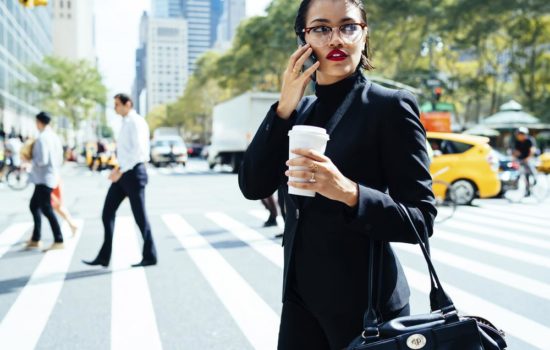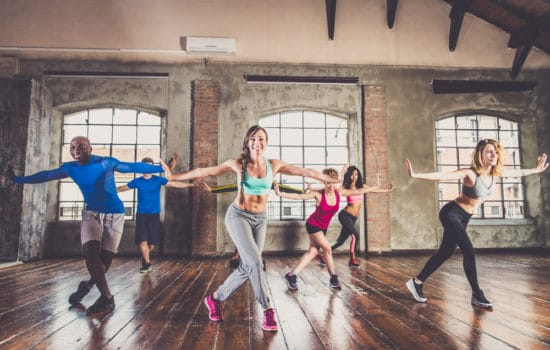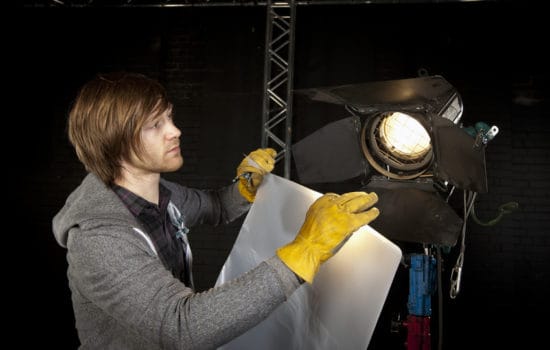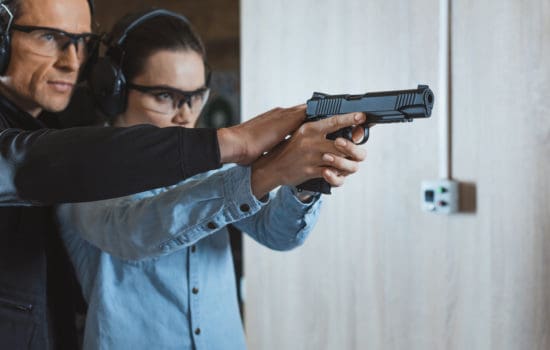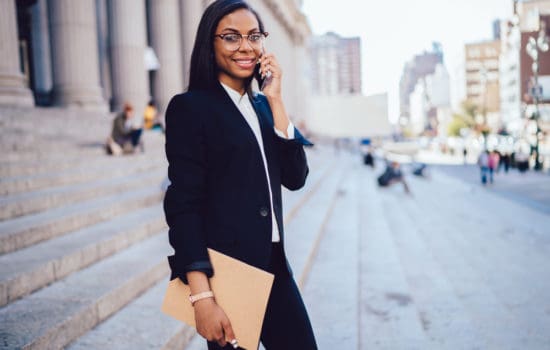A screenplay is a script written typically to become a film, though the term may be used for other visual mediums, such as a web series, a television show (also called a teleplay) or even a video game. It’s the story on the page told through action, dialogue, and sound.
Though it all begins with the Screenwriter, the screenplay is a blueprint for the entire production. It is what the Director uses to develop their vision. It’s what the Actors use to mold their characters. It’s what the Costume Designer uses to dress the Actors, and what the Production Designer uses to set the scene.
Each department uses the script to do its job from budgeting to shooting to post-production.
By the time they read a script, most people are usually reading what is called a shooting script. That’s when it’s ready to go to the team gearing up for production.
But the script has a life before and after production, and it’s important to understand each stage of a script’s life and where you, as a Writer, fit in. The shooting script is not where the story begins, so let’s start where it does!
These are the elements of a screenplay you may not already know about:
- Spec script
- Script development
- Shooting script
- Lined script
- Continuity script
What is the purpose of a screenplay?
First, a screenplay should tell a story so compelling that someone reading it doesn’t want to put the script down. Second, a screenplay should serve as a competent blueprint for a film to be produced from it.




